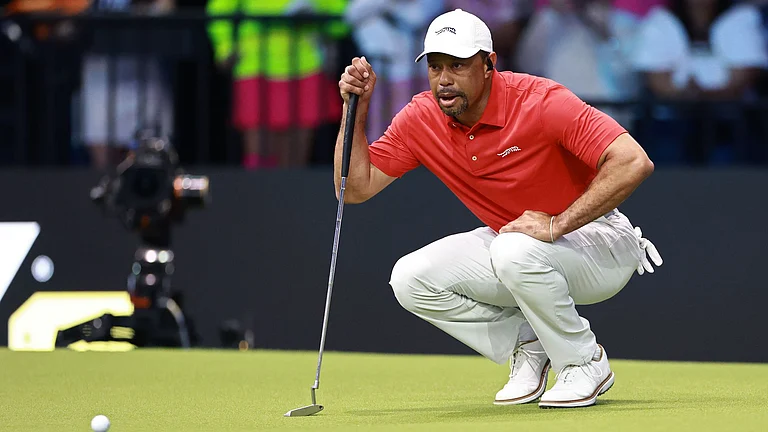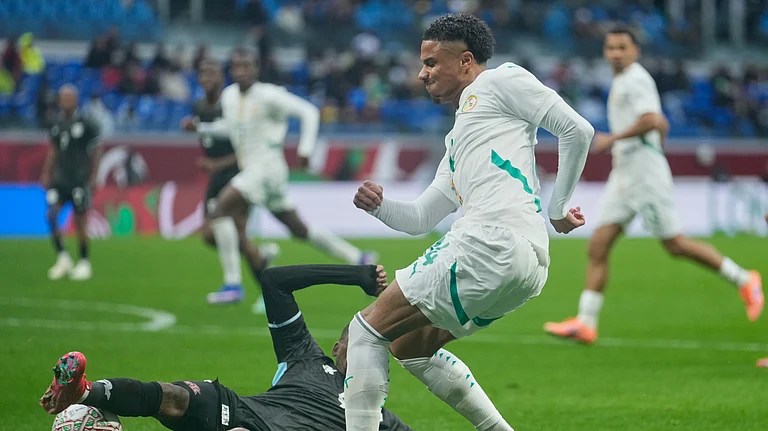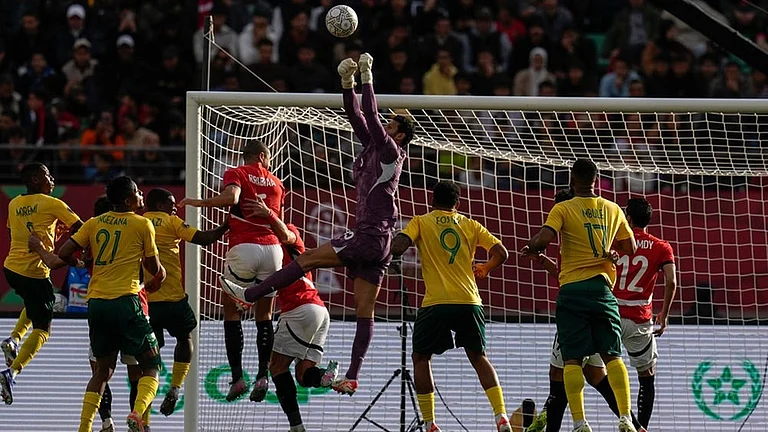As a US state department official responsible for South Asia from 2005-2007, Anja Manuel has been part of many tough India-US negotiations. She is a co-founder and business partner with former secretary of state Condoleezza Rice, former national security advisor Stephen Hadley and former defense secretary Robert Gates in RiceHadleyGates LLC, a strategic consulting firm. Anja has studied in the Harvard Law School and Stanford University and travelled extensively in China and India. Her new book, This Brave New World—India, China and the United States, is an acclaimed and timely addition to the ongoing debate on future relations between the three big powers who are likely to shape Asia. In this interview with Pranay Sharma she explains how:
The June visit will be PM Narendra Modi’s fourth official trip to the United States in his two years in office. There has been a steady upswing in Indo-US ties for nearly two decades now. But what has changed for these frequent political exchanges between PM Modi and President Barack Obama?
Prime Minister Narendra Modi has been invited to address a joint session of the US Congress on June 8. This is considered an honour accorded to very few foreign leaders. President Xi Jinping, for example, was not invited to address Congress when he was in the US for a state visit in September 2015. The invitation is a potent reminder of the robust, growing ties between Washington and New Delhi. It shows the support for the partnership with India not just in the White House and in the Congress, but also in the US business community and general public. The frequency of the Modi-Obama visits—and the many visits by ministers on both sides—are a promising sign that the US-India partnership is real and operational. We have conclusively overcome any historical distrust, and we are working on concrete projects. We should all welcome this.
Is Asia-Pacific a key factor for this frequent Indo-US engagement? How seriously does China figure in all this?
China is certainly a larger part of the discussion between Indian and US diplomats than it was when I served in the US State Department (2005-2007). I think India and the US have a largely similar view of China: our economic ties with China are important, and we don’t want to disrupt them, but some of China’s more aggressive assertion of power south and east—including the string of pearls, submarines in the Indian Ocean, and some aspects of the One Belt One Road initiative—worry both our governments. So some, but not all, of the closer cooperation between Delhi and Washington is because we are both looking over our shoulders at Beijing.
In your book you have stressed on the importance of India to the US, among other factors the role it can play to shape a rising China. What exactly is expected from India?
India and the US are closer partners. However, we should continue to hold out an open hand to China as well, because creating two hostile camps in Asia is in no one’s interest. First, India can help with this by being clear with Beijing about where our lines are and enforce them consistently. The US is also not always perfect at this, and it would be helpful to have our partners such as India and Australia help us. For example, the US should never have stopped our freedom of navigation exercises in the South China Sea, as it did for several years before recently restarting them. India could be helpful by also making clear to China, Vietnam, the Philippines and others that land-grabs by any country are inappropriate. India could also help the international community keep the pressure to stop Chinese industrial cyber-spying. Second, and most importantly, India and the US should practise cooperating with China wherever we can. This will create the goodwill that makes crises easier to work out. We should find joint projects together that help us all, such as the India-US civil nuclear agreement that I had a small part in negotiating, or the climate change agreement China and US announced in 2014. The civilian nuclear talks, for example, were difficult for both countries, but they taught us how to work closely and helped unlock new cooperation in defence and counter-terrorism. It would be great for India and China to find a cooperative project. This isn’t just the job of governments. Companies from all three countries should continue to engage each other: some Chinese companies are actively ‘making in India’, Indian technology firms are bringing their knowhow to China, and US companies are helping China with clean energy or providing care for China’s greying population—all while supporting jobs in each home market. We can engage as much as possible to increase our limited knowledge of each other and end distrust.
Do you see the US as a factor for stability in the Asia-Pacific region or a polariser dividing Asian countries in the ‘pro’ and ‘anti’ China camps?
I would give the same advice to the US government that I just laid out. The US has been and should continue to be a source of stability in Asia, and should avoid dividing the region at all costs. I believe we can do so with the strategy of clear lines and cooperation I just discussed.
A move is on in the US Congress to declare India a non-NATO ally. How significant is this?
Very significant. The US designates only countries as ‘major non-NATO allies’ who are close partners and have strategic working relationships with the US military. Only about 15 countries carry the designation. And it would give India military and financial advantages that other countries do not receive—such as cooperating on research/development projects with the US Department of Defense, faster export processing, and using American financing to buy equipment.
In the next 15 years, India is likely to join the US and China as the three leading economies in the world. Do you see a harmonious and cooperative relationship between India, China and the US in future?
I hope so and I argue for it in my book. We must succeed in this. A war with China is unthinkable, and a new Cold War is in no one’s interest. Just imagine the worst case scenario in 2030: China’s lavish infrastructure spending and trade (and a US lack of engagement with Asia) means China effectively ‘purchased’ the acquiescence of smaller Asian nations to China’s regional hegemony. Russia has become a junior partner in a China/Russia axis that confronts American and Indian policy at every turn. China launches constant, low-level cyber attacks. India and China could have military skirmishes along the disputed Himalayan border. In this scenario, India’s fear of China could bring it into ever closer partnership with the US and others. As these opposing coalitions form, an arms race increases military spending. That diverts funds from social services, education, and vital infrastructure projects in the US, China and India. This is an extreme scenario, of course, but the belligerent and protectionist language Donald Trump and, to some extent, Bernie Sanders, are using in the US could put us on a very worrisome path. We can and must prevent the world from travelling on that trajectory. With subtle, thoughtful policies by India and the US in particular, we can ensure that trade continues between all three economic giants, we cooperate on issues, like climate change, that affect us all, and military tensions are kept in check.
The TPP initiative driven by the US is widely seen as directed both against China and India. Is this the case? Will economic or political security considerations be the determining factor of the TPP in future?
The Transpacific Partnership is not at all intended to be directed against China or India, and I am sorry that it has that reputation in some circles. On the contrary, it would be beneficial to the US, and also for India and China, if all three countries can move to ever freer trade. I would hope that once our election season is over, and if the TPP is ratified by the US Congress, India would be open to beginning more intensive trade talks—ideally with a view to eventually joining the TPP.

























